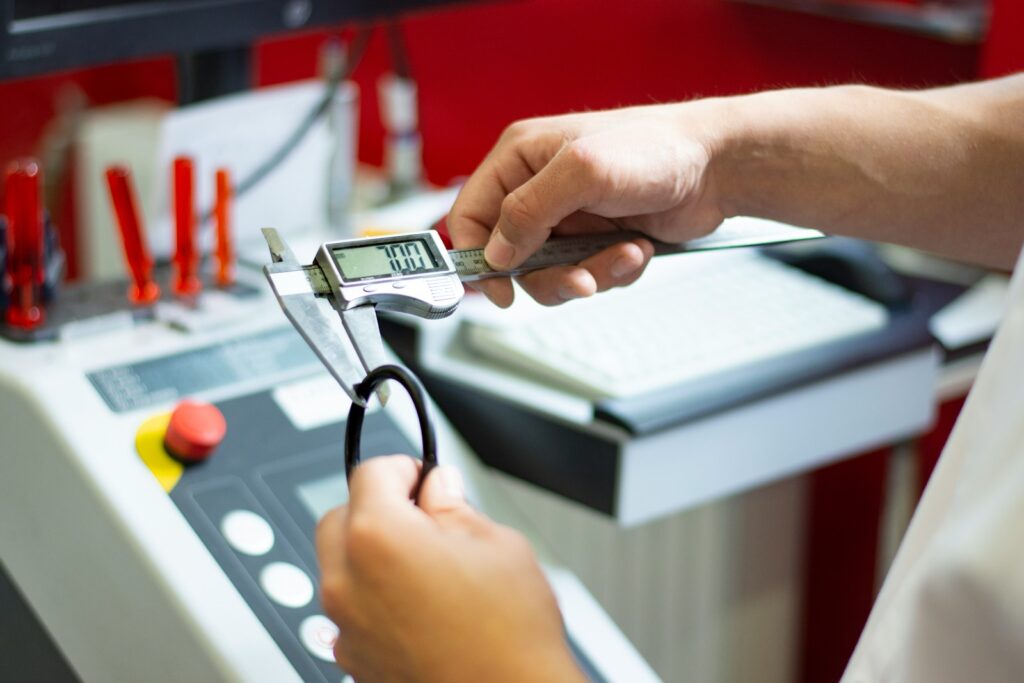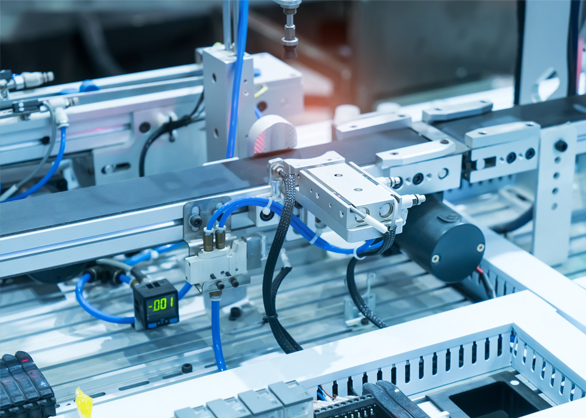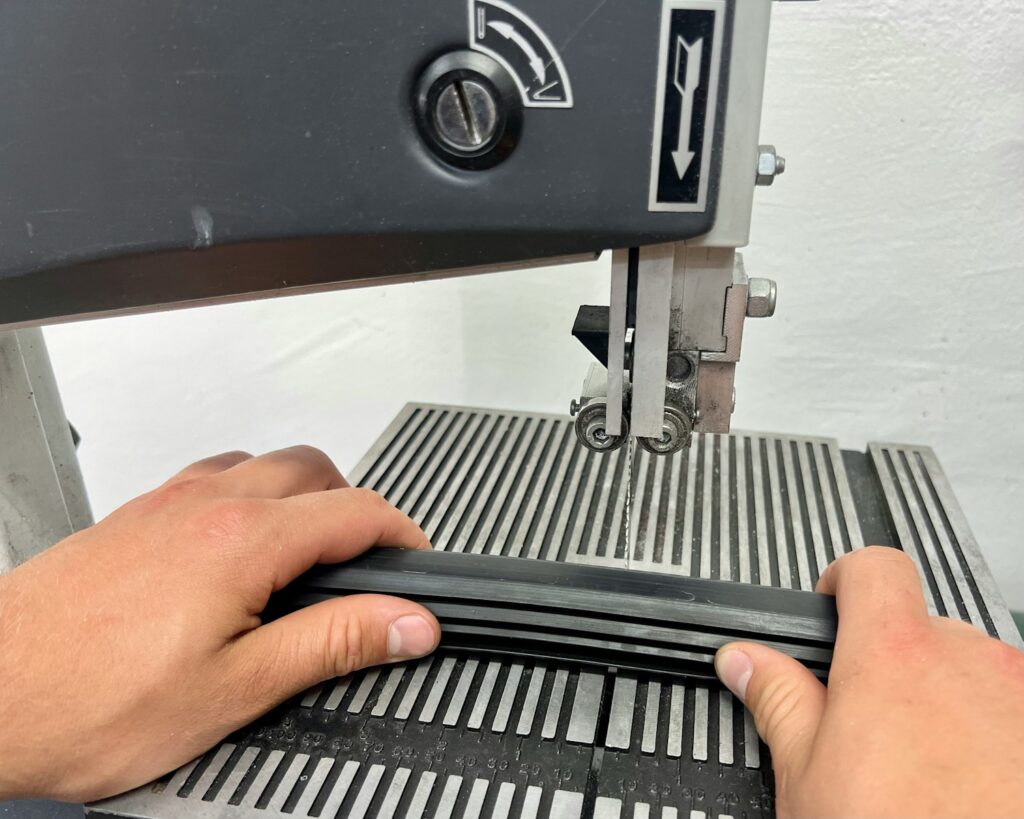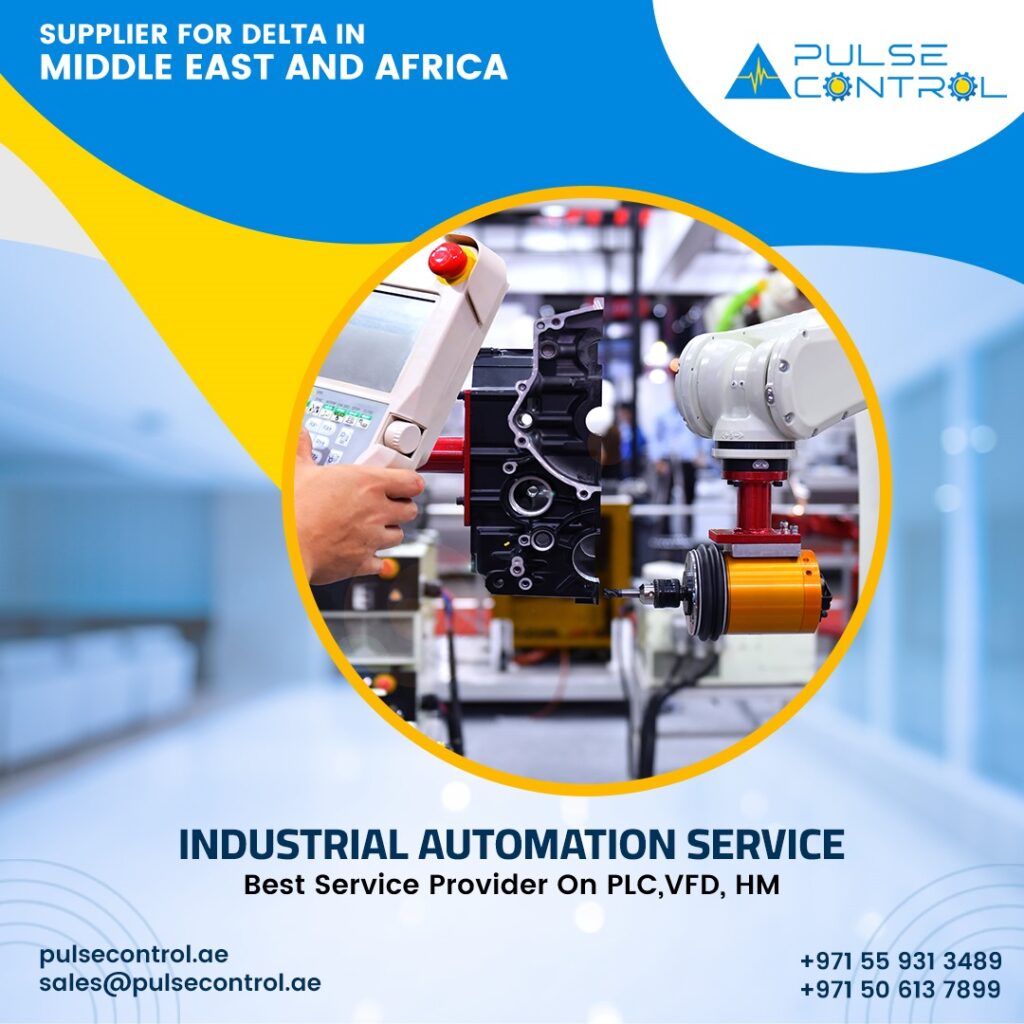
Enhancing Efficiency with Comprehensive Pneumatic and Hydraulic Services from Pulse Control
In the world of industrial automation and manufacturing, pneumatic and hydraulic systems are fundamental. These systems power a wide range of applications, from heavy machinery to precision tools, contributing to the efficiency and productivity of many industries. Pulse Control offers specialized pneumatic and hydraulic services to ensure that these systems operate smoothly, safely, and efficiently.
What Are Pneumatic and Hydraulic Systems?
Pneumatic and hydraulic systems both utilize the power of fluids to perform work, but they do so in different ways:
Pneumatic Systems: These systems use compressed air to transmit energy. Common in lightweight and precise applications, pneumatic systems are often found in manufacturing, medical equipment, and robotic tools.
Hydraulic Systems: Unlike pneumatics, hydraulic systems rely on pressurized liquids, such as oil, to transmit force. Known for their strength and reliability, hydraulics are commonly used in heavy machinery, construction equipment, and aerospace applications.
Key Innovations in Pneumatic and Hydraulic Technology
Smart Sensors and IoT Integration
- One of the biggest advancements is the integration of smart sensors and Internet of Things (IoT) technologies. These sensors allow for real-time monitoring of system health, tracking parameters like pressure, temperature, and fluid levels. IoT-enabled systems enable remote control and data analysis, helping industries reduce downtime and enhance performance.
- How Pulse Control Supports This: We offer system retrofitting and upgrades, adding smart sensors to existing setups, and enabling connectivity with IoT platforms. This helps our clients gain full control over their systems, optimizing performance with predictive maintenance.
Energy-Efficient Designs
- With an increasing focus on sustainability, energy efficiency has become a priority. Innovations like variable speed drives (VSDs) and improved valve technology now allow hydraulic and pneumatic systems to adjust energy use based on demand, saving costs and reducing the environmental footprint.
- How Pulse Control Supports This: Our team specializes in optimizing energy efficiency by providing customized pneumatic and hydraulic solutions that reduce energy consumption. From upgrading existing components to recommending new, high-efficiency models, we help companies achieve greener operations.
Compact and Modular System Designs
- Space-saving is crucial in modern manufacturing setups, and innovations in compact, modular designs have made hydraulic and pneumatic systems more adaptable and easier to maintain. Modular systems allow for quick changes or upgrades, making them ideal for industries needing flexibility.
- How Pulse Control Supports This: We supply modular, space-efficient systems and components that allow for easy maintenance and expansion. This flexibility means that as production needs grow, our clients can adapt their systems without complete overhauls, saving time and costs.
Enhanced Fluid and Air Management Techniques
- Advanced filtration systems and enhanced air compression methods are making systems more efficient, minimizing waste, and extending the life of equipment. Better fluid and air management not only boosts system reliability but also reduces overall operating costs.
- How Pulse Control Supports This: Our comprehensive fluid and air management solutions involve top-tier filtration systems, optimized air compressors, and leak detection. By focusing on efficient fluid handling, we help clients extend equipment lifespan and reduce wear and tear.
Environmentally Friendly Fluids and Materials
- In response to environmental regulations, many companies are adopting eco-friendly hydraulic fluids and sustainable materials. These fluids are biodegradable and have low toxicity, reducing environmental impact without sacrificing performance.
- How Pulse Control Supports This: We provide guidance on selecting environmentally friendly fluids and materials that meet industry standards. We also offer eco-friendly maintenance practices to help our clients comply with regulations and corporate sustainability goals.

Importance of Regular Maintenance for Pneumatic and Hydraulic Systems
Like any other system, pneumatic and hydraulic systems require regular maintenance and optimization to ensure peak performance. Without regular upkeep, these systems can experience pressure drops, fluid contamination, and seal wear, which can result in costly downtime or even system failure.
Pulse Control’s pneumatic and hydraulic services ensure that systems remain reliable and efficient, reducing the risk of breakdowns and improving productivity.
Applications of Pneumatic and Hydraulic Systems in Various Industries
Manufacturing and Assembly: In factories, pneumatic and hydraulic systems power everything from conveyor belts to robotic arms, enabling precise and rapid assembly.
Construction: Hydraulics are indispensable in construction machinery, such as excavators, loaders, and cranes, providing the power necessary for heavy lifting and material movement.
Aerospace: The aerospace industry relies on both hydraulic and pneumatic systems for various functions, including landing gear operation, braking systems, and control surfaces.
Automotive: Pneumatics play a key role in automotive assembly lines, providing the power needed for welding, painting, and quality control.
The Benefits of Using Pneumatic and Hydraulic Systems
High Power Density: Hydraulic systems, in particular, provide immense power in a compact form, which is essential for heavy machinery.
Precision and Control: Pneumatics allow for precise control, making them ideal for applications that require quick, repeated movements.
Safety: Pneumatic systems are generally safer in hazardous environments because they do not rely on electricity, reducing the risk of sparks or electric shocks.
Energy Efficiency: With the right maintenance and optimization, both systems can be highly efficient, saving on energy costs and reducing waste.
In today’s competitive industrial landscape, efficient and reliable equipment is a necessity. Pulse Control’s pneumatic and hydraulic services ensure that your systems run smoothly and efficiently, maximizing productivity while minimizing operational costs. From installation to maintenance and repair, our expert team is ready to support your business at every step. Trust Pulse Control to keep your systems at their best so you can focus on what you do best: growing your business.



